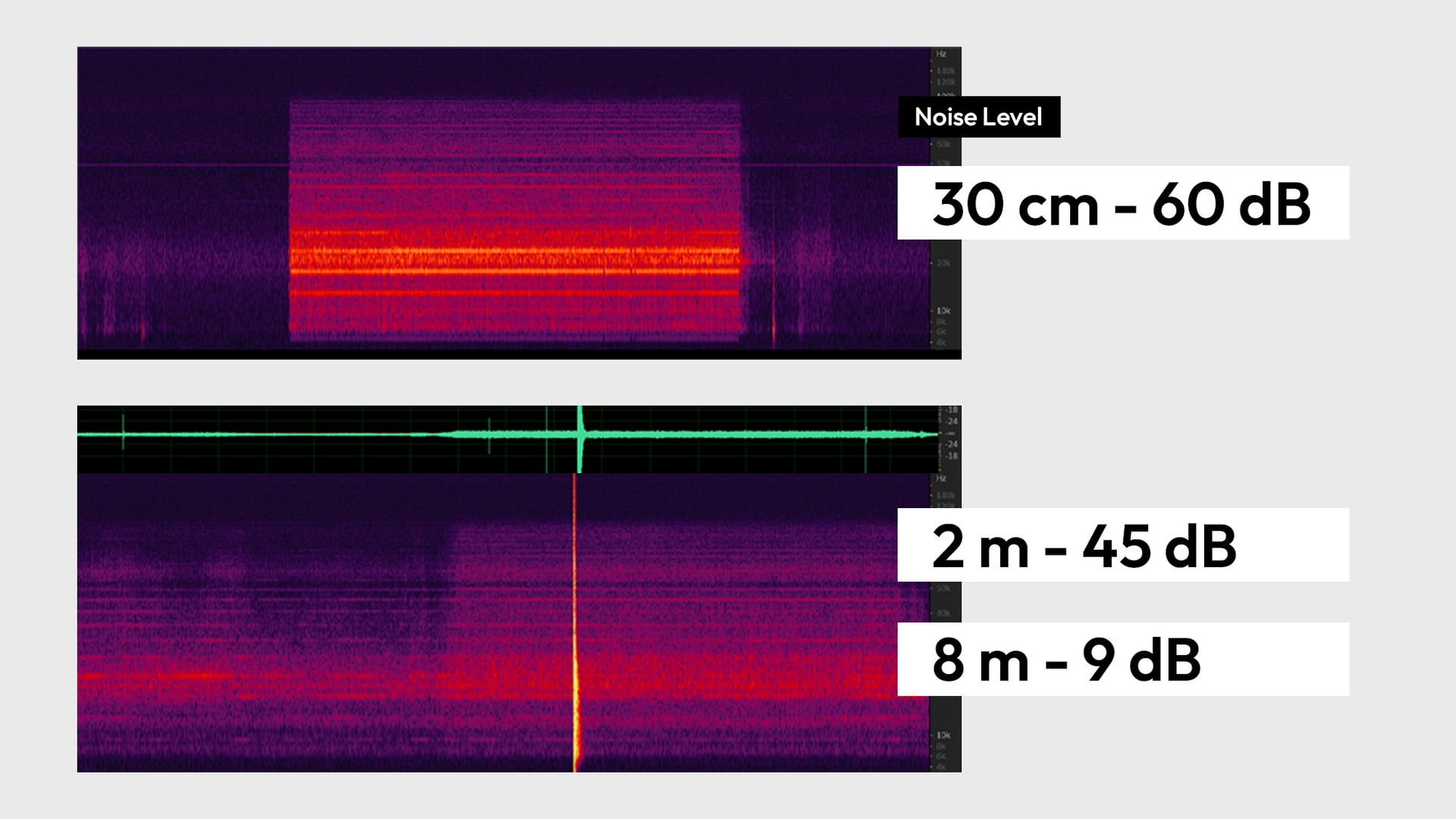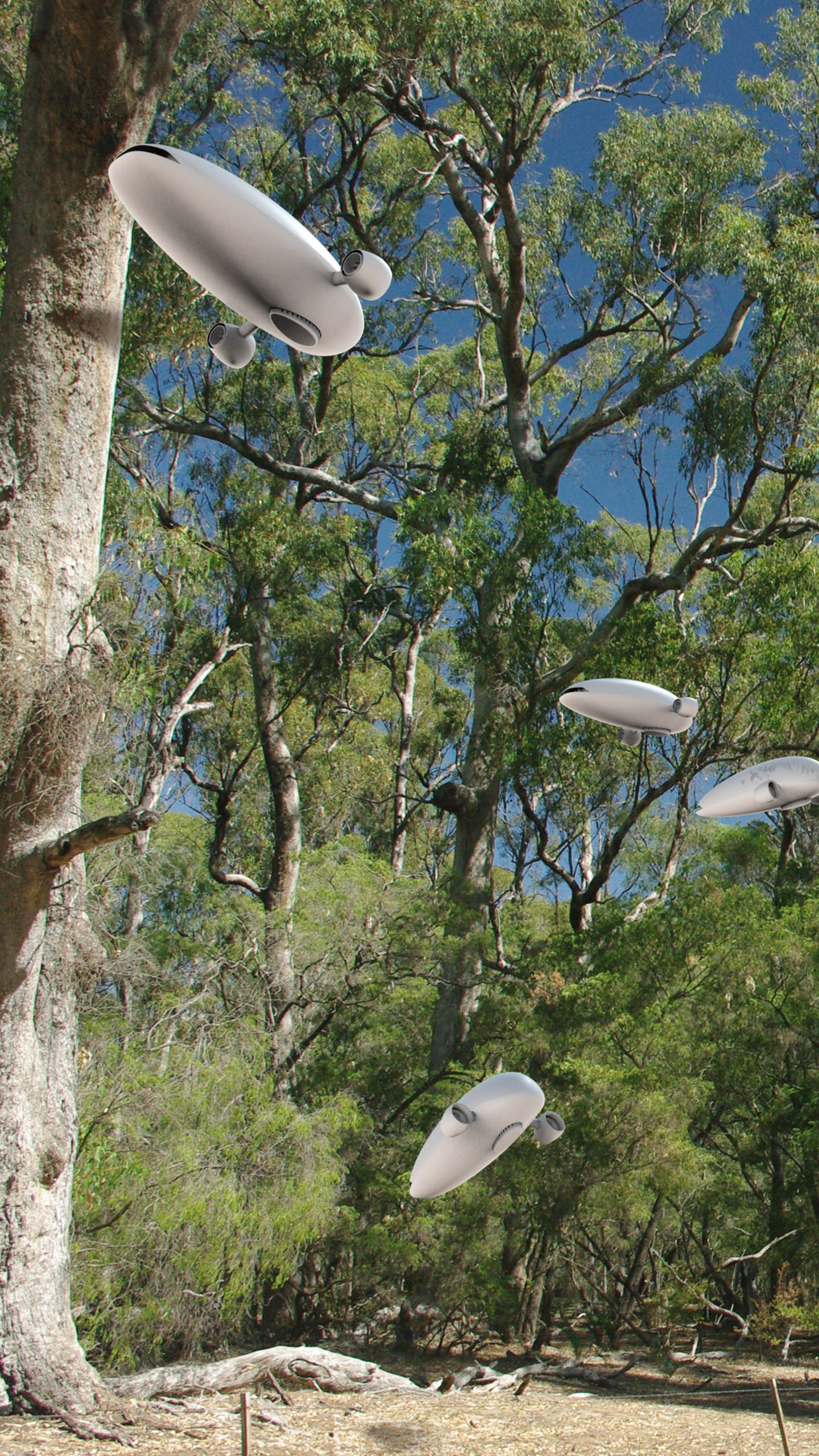Jingyan Chen is a Design Strategist whose background is in Product Design & Manufacture. He is interested in the combination of design innovation and technology, user experience, and planet-centred design. He has participated in various projects including some focusing on household electronics, advanced tech, UI/UX, robotics and urban ecosystem.
Education:
MA/MSc Innovation Design Engineering – Royal College of Art and Imperial College London (2021-2023)
BEng Product Design and Manufacture – The University of Nottingham (2016-2020)
Awards:
Winner of Creative & Customer track, Venture Catalyst Challenge (2023)
Shortlist (ongoing) The International Design Excellence Awards (IDEA, 2023)
Shortlist (ongoing) Reddot Design Award (2023)
Finalist, iF Design Award (2023)
The Greenhouse Fellowship, Royal Institution & The Grantham Institute (2023)
Winner and Investment beneficiary, XBOTPARK Incubator Competition (2021)














